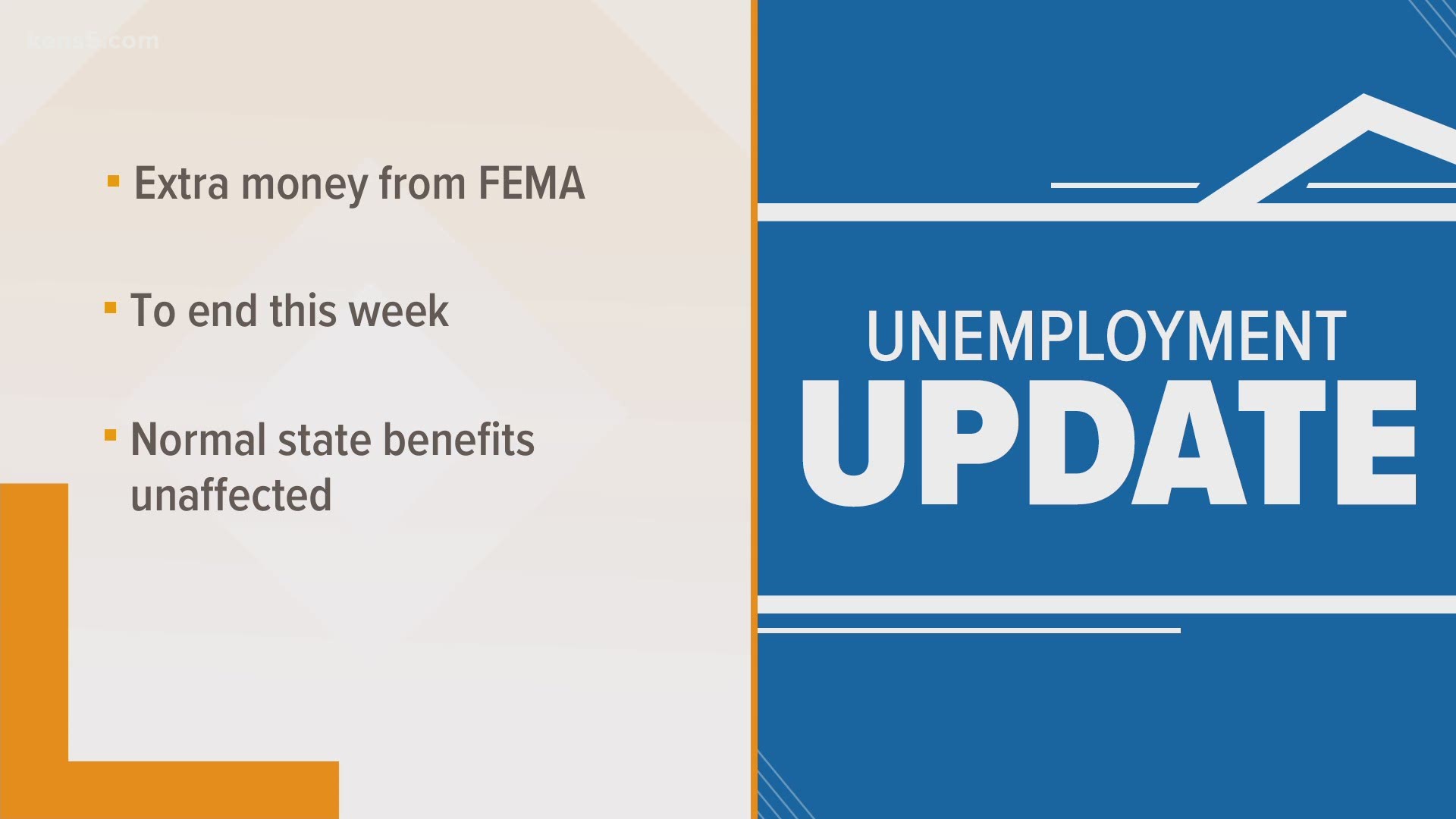Six months after the coronavirus pandemic began choking the economy, Texas' unemployment rate in August was 6.8% — a sign the state's economy has improved from the spring months, but is still suffering.
The Texas rate, announced by the U.S. Labor Department, is down from 8% in July and an even starker improvement from April and May when Gov. Greg Abbott closed or limited in-person commerce across the state.
But after Abbott sought to reenergize the flailing economy by allowing businesses to reopen, the coronavirus spread rapidly through Texas, eventually leading Abbott to reverse some of his economic decisions. And in late August and early September, after weeks of declining numbers of Texans applying for unemployment relief, that trend reversed.
Now, the new economic data helps paint a more clear picture of the recession in Texas — the economy has made progress from the dreadful early months of the pandemic, but economists said the data underscores a large and steady number of jobless Texans over the summer months.
“We were mostly stagnant,” Michael Carroll, director of the Economics Research Group at the University of North Texas, told The Texas Tribune.
On Thursday, in another attempt to energize the economy, Abbott again began loosening restrictions for restaurants and other businesses in most regions of Texas. Retail stores, restaurants and office buildings, which have been allowed to open at 50% capacity, will be permitted to expand to 75% capacity. Hospitals will be allowed to offer elective procedures again and nursing homes can reopen for visitations under certain standards.
It’s too soon to tell what impact Abbott’s moves will have on the economy, but Tim Fitzgerald, an economist at Texas Tech University, hopes the trend of Texans entering the workforce continues.
“Today’s report is a good sign for the economy and indicates there’s more labor force participation and more employment across the state,” Fitzgerald, who worked on the Council of Economic Advisers during the Trump administration, told The Texas Tribune. “Now, the future course of the virus is obviously going to be important."
The state's failure to control the coronavirus, which has left more than 14,000 Texans dead, means a strong economic resurgence, however, will have to wait, economists said. Nearly 2 million people across the state are still collecting unemployment relief and The Texas Workforce Commission has struggled to keep up.
Despite the agency’s woes, many unemployed Texans who were able to receive unemployment benefits during the spring and summer also received an additional $600 a week as part of federal Coronavirus Aid, Relief and Economic Security Act legislation approved by Congress, which expired in July.
“The CARES Act was predicated on a two to three month period of major slowdown,” Waco economist Ray Perryman told The Texas Tribune. “We are now at six and counting."
In an effort to supplant that money in August, President Trump announced new, extra $300 weekly payments would be distributed to unemployed people, but the program was short-lived and ended in September.
The consequences of the disintegrating safety net have already been dire — some Texans receive as little as $69 per week in benefits, a paycheck that was easier to manage when federal money was added.
Now, October is approaching and monthly bills will be due again, but despite the Trump administration announcing a new eviction moratorium, some unemployed Texans unable to pay their bills have not been protected, Houston Public Media reported.
Still, neither Congress nor President Trump have indicated additional money for unemployed people, who in Texas have faced “unprecedented financial challenges,” Abbott said Thursday.
“You still have a significant number of people that are unfortunately either unemployed or underemployed right now,” Texas Comptroller Glenn Hegar said recently during The Texas Tribune Festival.
As a result, Texans have spent less money over the last five months, leading to far fewer revenues from sales taxes, the largest source of revenue for the state’s budget. Already, state leaders have ordered state agencies to cut budgets by 5%.
“Consequently, further declines in sales tax revenue may ensue in the coming months,” Hegar said in early September.
Lt. Gov. Dan Patrick, who has said he would rather die from the coronavirus than see instability in the economy, said Thursday’s announcement by Abbott was an important step in helping buck Hegar prediction.
“I know this is welcome news to everyone watching, and all the business owners out there,” Patrick said alongside Abbott Thursday.
But the Texas Restaurant Association said in a statement Thursday that many restaurants “will continue to struggle to reach the occupancy cap because of the social distancing requirements.”
“We’ve crossed the six-month mark of this crisis,” the statement read, “and it’s no exaggeration to say that the next few weeks will make the difference between tens of thousands of businesses surviving the economic fallout, or being forced to close their doors forever.”
Dr. Seth H. Giertz, an economics professor at the University of Texas at Dallas who used to work in the Congressional Budget Office, wasn’t optimistic about the current trajectory.
“It’s possible we could have bad financial situations and many more businesses collapsing even on the route we’re going now, just because businesses aren’t able to operate the way they were before and they're not getting the same support,” Giertz said.

